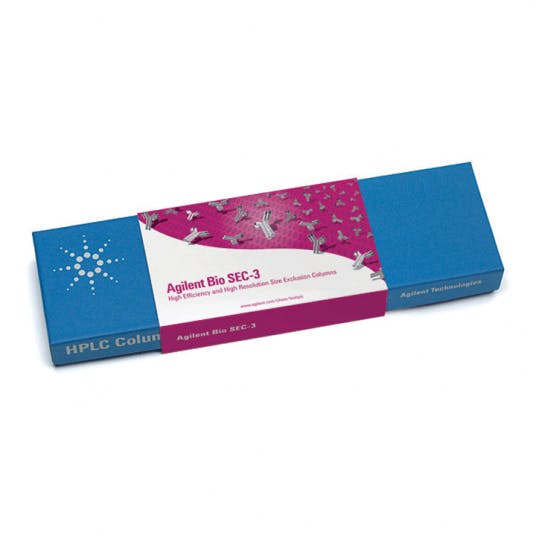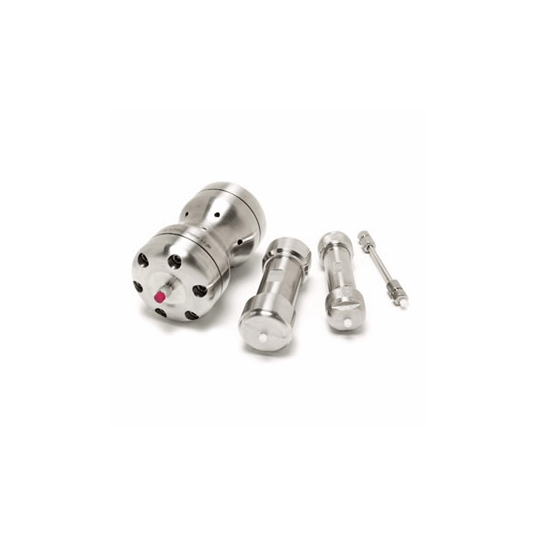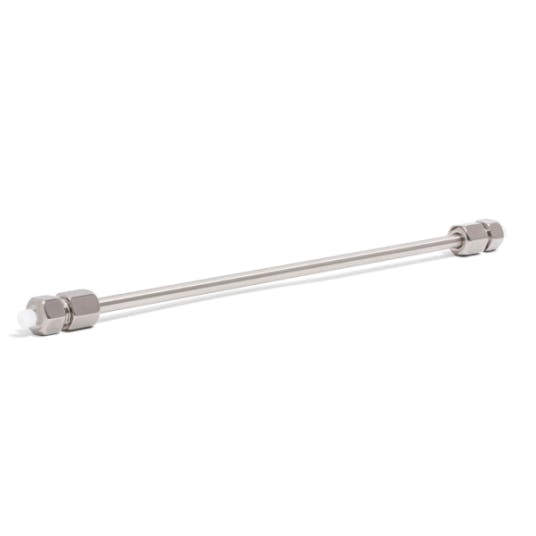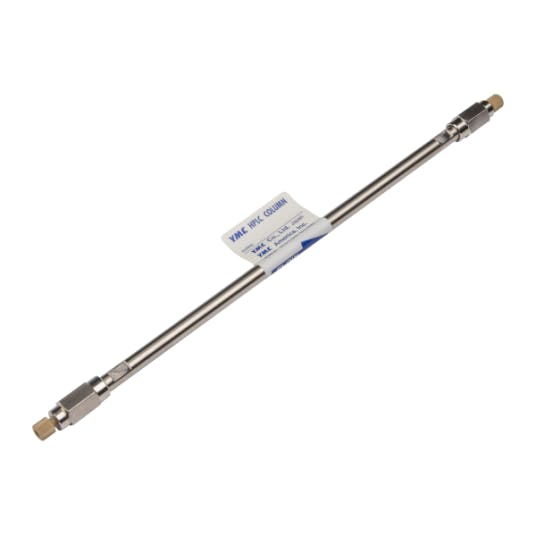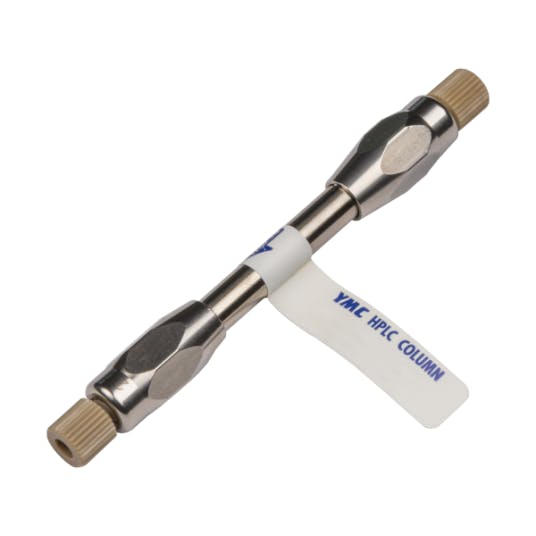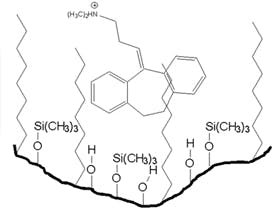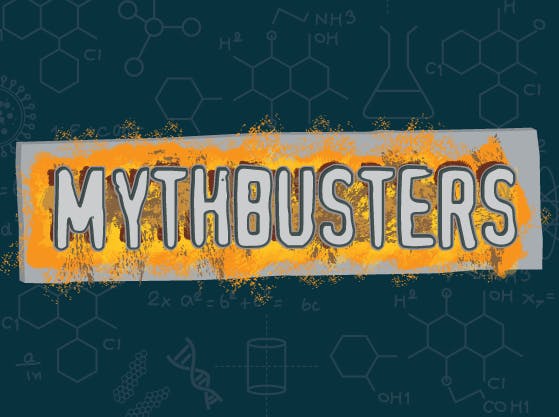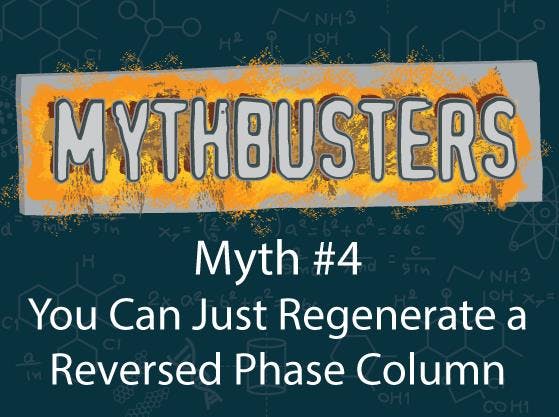
25 Feb 2022
MythBusters: My column will dry up if I don’t plug it
By Josep M. Serret
Having looked at common myths in the realm of HPLC, such as "I cannot use buffers on my UHPLC system" and "if my HPLC runs out of mobile phase, the column will dry up and become damaged", we continue today with something we regularly hear - "My column will dry up if I don't plug it".
Let's take a look at the background of this and then bust it wide open!

We take the column out of the HPLC system and put it back in the box. As usual, the lab pixies have been at it again, and the column plugs are nowhere to be seen. Has anybody taken my column plugs? No? Bah! I have no time for this, I will deal with it later!
Next thing you know, you wake up in the middle of the night with that chilling thought… the column plugs!
This must be the number one cause of HPLC column demise, worldwide. The tiny amount of eluent inside the column has surely evaporated in a matter of minutes, and the stationary phase has dried up, collapsed, or oxidised completely. Well, has it?
There’s an interesting technique called Membrane Distillation (MD), which has been extensively studied since the 1950s as a desalination and water purification technology. The basic principle is straightforward: water molecules from a saline solution spontaneously evaporate in contact with a hot porous membrane. The water vapour then diffuses through the air film in the membrane pores and finally recondenses on the cold outer surface.

Figure 4: Mass transfer across a porous membrane. Adapted from Reference 1.
The driving force for this transfer of mass is the pressure differential caused by the temperature difference between the inside and the outside. The flux of distillate is given by the following formula (Reference 2):


Although membrane distillation is an attractive technology, it has not yet found a large scale application. One of the main barriers, and the object of continuous development, is the large energy consumption required to generate a commercially viable flux of water.
It is not a great stretch to use membrane distillation as a model for the evaporation of the mobile phase through the frits of an uncapped HPLC column. As in MD, a driving force is required in the form of a temperature differential. Unless we absent-mindedly left the column on a hot plate, or under a heat gun (switched on), or next to the window on a particularly sunny day under a powerful magnifying glass set on an equatorial mount (also switched on)... one can imagine that the temperature differential across the column frits will be of a few degrees at best.
An HPLC column holds a surprising amount of liquid: a typical 4.6 x 100mm column contains approximately 1.1mL of eluent. A back-of-the-envelope calculation tells me that it would take about half a week to evaporate this. We must also remember that most of the eluent is deeply embedded in the porous silica particles, which would further delay the evaporation. At any rate, it will certainly take a long time… unless the lab pixies give it a helping hand, of course.
Seventh myth: catastrophic evaporation of mobile phase from an uncapped HPLC column… BUSTED!

